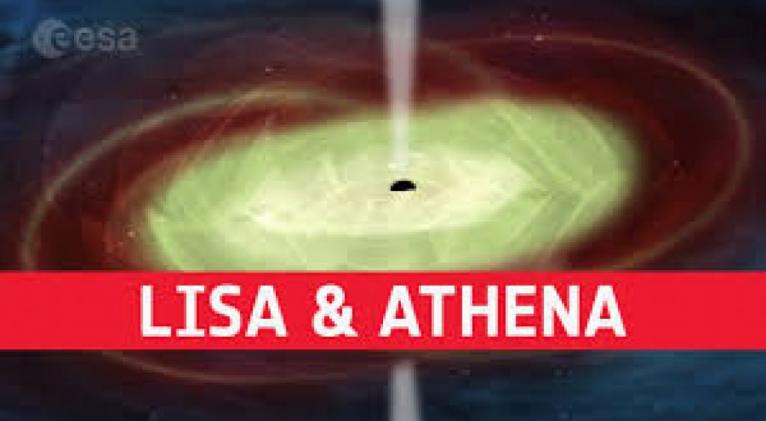Athena and Lisa: ESA Missions to Unravel Black Holes
especiales

These missions are the result of the meeting held in Seville, Spain, in November 2019, where ministers responsible for space activities in European countries for the first time in 25 years reached over one billion euros to finance projects for the next five years.
Within a decade, the European Space Agency (ESA) wants to focus two of its main scientific missions on these huge objects to unravel their mysteries: the evolution of the black holes in the center of the galaxies and the way in which ordinary matter, of which the stars or human beings are made, is intertwined with dark matter, much more abundant, but invisible, to form the tissue from which the cosmos is made.
RELATED: Europe Participates in Lunar Orbital Station Construction
Spanish daily El Pais explained that for that purpose they have the Advanced Telescope for High Energy Astrophysics (Athena), the largest X-ray telescope built to date and its launch was planned for 2031. It is designed to capture the hottest phenomena and energy with unprecedented precision and gather information to answer two fundamental questions.
The second great scientific mission of ESA is LISA (acronym of laser interferometer space antenna), a constellation of three satellites with an unprecedented capacity to observe gravitational waves, a phenomenon theorized by Einstein more than a century, but that was not observed for the first time until 2016.
LISA can study very-low-frequency gravitational waves, such as those released by supermassive blacks holes. To achieve this, its satellites will be placed in space, far away from disturbances of the earth's surface, in the formation of an equilateral triangle, separated by 2.5 million kilometers away. As if they were buoys, three free fall sensors connected by laser will detect tiny undulations of spacetime, smaller than the diameter of an atom.
Its launch is scheduled for 2034 because, given the complexity of this type of mission, ESA usually separates them by at least five years. However, the agency's scientific leaders saw an opportunity to multiply the value of Athena and LISA's observations by putting them to study the same phenomena in different ways.
To advance the launch of the gravitational wave observatory, it was necessary to increase the budget dedicated by ESA member countries to their space science program. That happened at the end of November in Seville, at the meeting of the ministers responsible for space activities in European countries. For the first time in 25 years, there was a significant increase in this budget, which reached over one billion euros for the next five years. With the new planning, LISA would leave in 2032, just one year after Athena.













Add new comment